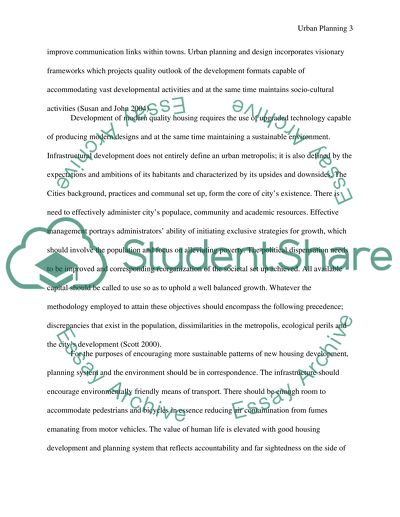Cite this document
(“How can the planning system encourage more sustainable patterns of new Essay”, n.d.)
Retrieved de https://studentshare.org/design-technology/1624047-how-can-the-planning-system-encourage-more-sustainable-patterns-of-new-housing-development-urban-design
Retrieved de https://studentshare.org/design-technology/1624047-how-can-the-planning-system-encourage-more-sustainable-patterns-of-new-housing-development-urban-design
(How Can the Planning System Encourage More Sustainable Patterns of New Essay)
https://studentshare.org/design-technology/1624047-how-can-the-planning-system-encourage-more-sustainable-patterns-of-new-housing-development-urban-design.
https://studentshare.org/design-technology/1624047-how-can-the-planning-system-encourage-more-sustainable-patterns-of-new-housing-development-urban-design.
“How Can the Planning System Encourage More Sustainable Patterns of New Essay”, n.d. https://studentshare.org/design-technology/1624047-how-can-the-planning-system-encourage-more-sustainable-patterns-of-new-housing-development-urban-design.


